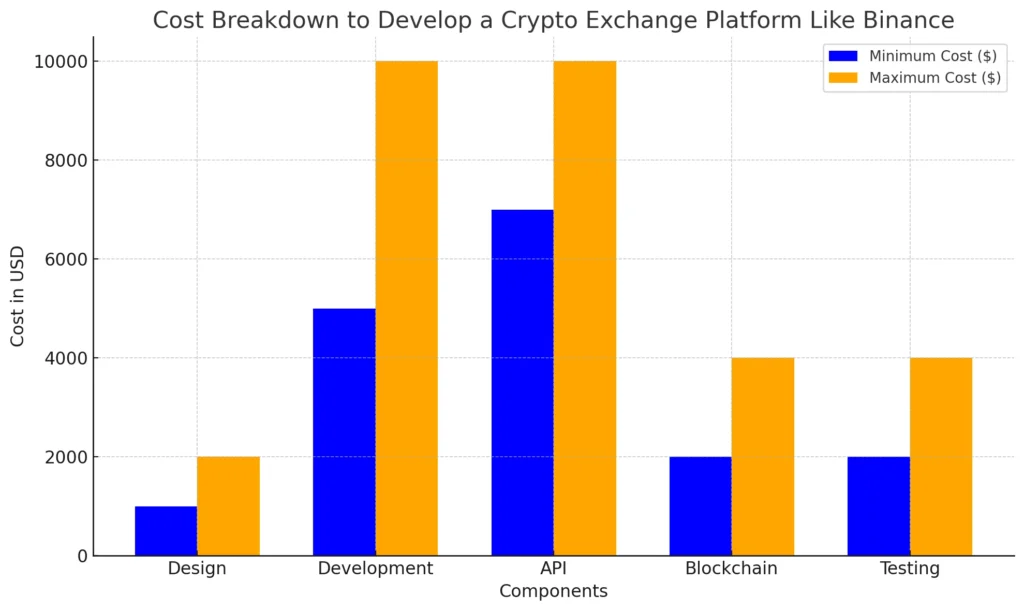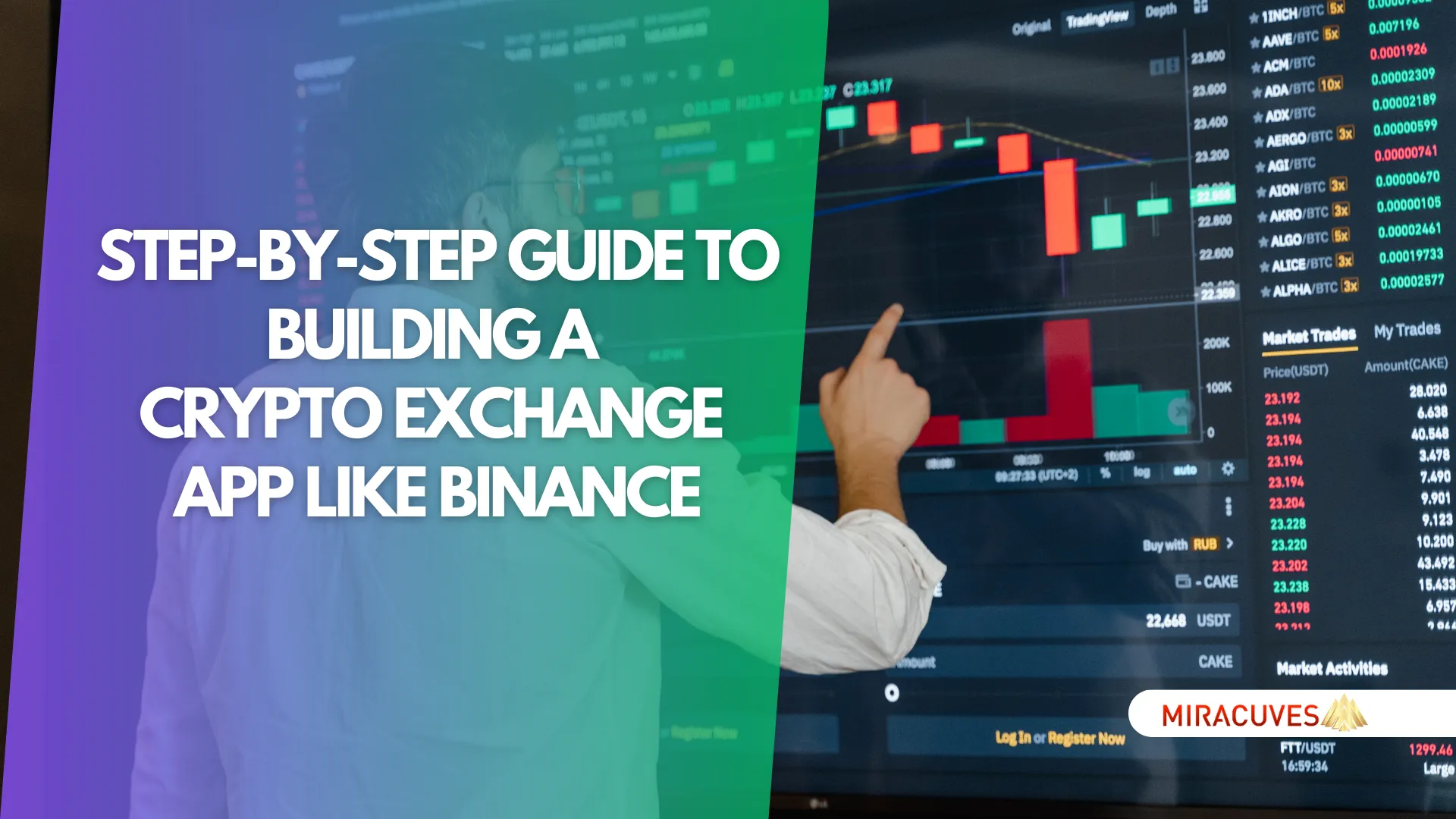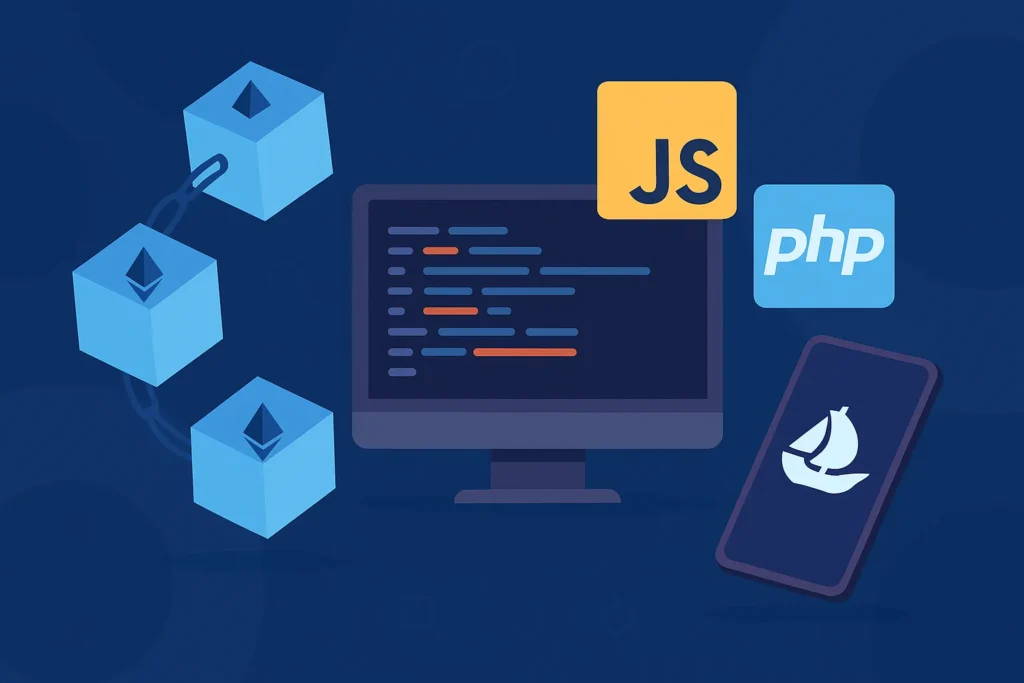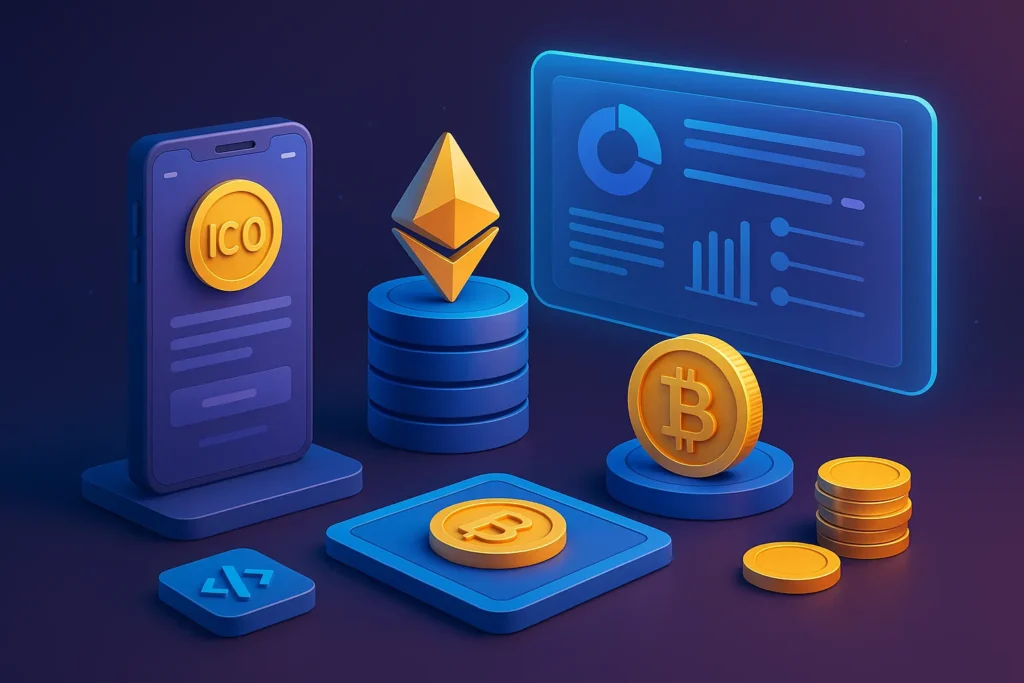Cryptocurrency is no longer a niche interest—it’s going mainstream, and the market statistics prove it. In 2021, the crypto market was valued at $910 million, and it’s expected to surpass $2 billion by 2028. With platforms like Binance, FXT, Huobi, and Bybit dominating the space, there’s still room for new players to enter the market and carve out a niche.
If you’re looking to develop a crypto exchange app like Binance, you’re on the right path. But how exactly do you go about creating an exchange platform that offers all the essential features traders need? This blog will guide you through the process of developing a crypto exchange app, covering everything from choosing the right platform to adding advanced features.
How Did Binance Take Off?
Binance, though relatively new, has quickly become a giant in the digital exchange market with an estimated valuation of around $2 billion. How did it manage such rapid success?
Several factors contributed to Binance’s growth. First, the platform offered a clear, transparent idea backed by a highly skilled team experienced in trading. Its appeal grew further thanks to the wide range of Initial Coin Offerings (ICOs) and its low trading fees—users were only charged 0.01% per trade. Additionally, Binance imposed small fees for currency withdrawals, making it attractive to traders worldwide.
Within just six months, Binance had gathered almost 3 million users and over 100 digital currencies available for trade. Moreover, Binance’s value grew due to the increasing number of trades on the platform. Beyond basic trading services, Binance also introduced unique offerings like “Gifto” for virtual gifting and the “LaunchPad” token sale program, setting itself apart from competitors.
Want to launch a Binance-style crypto app?
We design secure, high-performance platforms with advanced
trading features, DeFi capabilities, and real-time
analytics. Ready to dive into the crypto world?
Why Start a Crypto Exchange App Like Binance?
Starting a crypto exchange app similar to Binance is not just about building a popular platform—it’s about tapping into a highly lucrative market. With the rising demand for cryptocurrency trading platforms, developing an exchange app offers great return on investment (ROI). Traders prefer platforms that are easy to use, offer high liquidity, and have low fees, which is why Binance has become so successful.
Moreover, with more people trading cryptocurrencies on mobile devices, having a mobile app with features like staking, swapping, and storing assets is essential. Platforms like Binance, available on iOS and Android, have already capitalized on this trend. A well-designed mobile app can make a significant difference in profitability and user retention.
How to Start a Crypto Exchange App Using a Binance Clone Script
One of the quickest and most efficient ways to develop an exchange platform is by using a Binance clone script. A clone script is pre-designed software that includes all the key features of the Binance platform, making it easier and faster to launch your exchange. This approach is cost-effective and allows for a high level of customization. You can modify the clone script to suit your specific requirements, from changing the design to adjusting backend functionalities.
A Binance clone script typically supports all major cryptocurrencies and includes modern market features. By using a clone script, your platform could be up and running within 7 to 10 days.
How Does a Binance App Clone Work?
A Binance clone works similarly to the original Binance app. Here’s a simple breakdown of its workflow:
- User Registration: A user signs up on the platform using their email or mobile number. A verification link is sent to the registered details, and after verification, the user can log in.
- KYC Verification: Like Binance, the clone app requires KYC verification. Users need to submit important documents like passports or government IDs.
- Trading: After verification, users can deposit funds to begin trading. The app supports buying and selling of cryptos based on market prices through a live order book system.
- Execution: Orders are executed quickly, and the traded cryptocurrency is transferred to the user’s wallet.
This workflow can be customized if you want to modify how your Binance clone app operates.
How to Develop an App Like Binance: 7 Key Steps
- Identify the Problem: Start by understanding the common problems in cryptocurrency trading and how your platform can solve them. Conduct a cost-benefit analysis to see if the app is worth the investment.
- Choose the Right Consensus Mechanism: Since blockchain requires a decentralized approach, selecting the best consensus mechanism for your app is crucial. Consider factors like the anonymity of validators and trust in the network.
- Select the Right Blockchain Platform: Choose a blockchain platform that suits your needs. Options include Ethereum, BigChainDB, Hyperledger Fabric, and Quorum. Evaluate these platforms based on licensing, community support, scalability, and ease of use.
- Develop the Model: Decide whether to use a hybrid, internal, or cloud-based system for your app. Also, consider the blockchain model—whether public, private, or hybrid—and ensure the configuration is right from the start.
- User Interface: Create a user-friendly web interface. Select the appropriate programming language, servers, and databases that can provide a smooth and easy-to-navigate experience for users.
- API Creation: Develop APIs to manage trading pairs, user verification, and data storage. While pre-built APIs are available, you may want custom ones to meet specific requirements.
- Test the App: Use a Minimum Viable Product (MVP) approach to test the app’s performance. Identify any bugs or issues and fix them before launching.
Cost of Developing a Crypto Exchange App Like Binance

Developing a crypto exchange platform can cost anywhere between $17,000 to $100,000, depending on the complexity and features. Below is a rough breakdown of the cost:
| Component | Pricing ($) |
|---|---|
| Design | $1,000 – $2,000 |
| Development | $5,000 – $10,000 |
| API | $7,000 – $10,000 |
| Blockchain | $2,000 – $4,000 |
| Testing | $2,000 – $4,000 |
| Total | $17,000 – $30,000 |
The time required to develop such a platform can range from 700 to 1,500 hours, depending on the project’s scope.
Best Monetization Strategies for Crypto Exchange Platforms
To ensure profitability, here are some monetization strategies to consider:
- In-App Advertising: Generate revenue by allowing third-party ads in your app.
- Freemium Model: Offer basic features for free and charge for premium functionalities.
- Subscriptions: Let users try your platform for free before subscribing to full services.
- Affiliate Marketing: Earn through affiliate partnerships by promoting products and services.
- Transaction Fees: Charge users a fee for each transaction they make on the platform.
- Sell Data: Share anonymized user data with third parties to generate income.
Final Thoughts
Building a crypto exchange platform like Binance is a profitable venture if done right. By using a Binance clone script, you can accelerate the development process, customize features, and enter the market faster. The key is understanding the essential steps, monetization strategies, and cost considerations to ensure long-term success.
Creating a cryptocurrency exchange platform like Binance is no easy task, but with the right expertise, it can become a profitable venture. At Miracuves, we specialize in developing robust, scalable crypto exchange platforms that meet the highest industry standards. Our team of experienced blockchain developers will guide you through every step of the process—from planning and development to deployment and beyond.
Why Choose Miracuves?
- 7+ years of experience in blockchain and cryptocurrency solutions
- Expertise in creating secure, user-friendly crypto platforms
- 24/7 support and customized solutions
- Rapid deployment with Binance clone scripts tailored to your needs
Don’t miss your chance to enter the booming crypto market. Contact Miracuves today to get started on building your own crypto exchange platform!
Check out our popular rental app solutions offered by Miracuves – built for versatility, performance, and scale:
Build a secure and scalable crypto app?
Build Your Crypto App with Us ! Our team will guide you through every step of the process.
Check out our popular cryptocurrency app solutions offered by Miracuves – built for versatility, performance, and scale:
- Binance Clone Solution – A powerful all-in-one crypto platform for trading, investing, earning, launching tokens, and making payments.
- P2P Exchange Script Clone Solution– A decentralized super app for P2P crypto trading, with real-time chat, escrow, and dispute resolution built in.
- GMX Clone Solution– Trade with power. Earn with purpose. A decentralized leverage trading platform built for the next-gen DeFi user.
- ICO Launchpad Clone Solution – Your gateway to tomorrow’s top tokens—invest early, stake, and earn in a fully decentralized launchpad.
- BSCpad Clone Solution – A launchpad platform on Binance Smart Chain, designed to help new crypto projects raise funds and gain community support.
- Pinksale Clone Solution – A decentralized launchpad platform for crypto projects to conduct token sales and grow their community.







